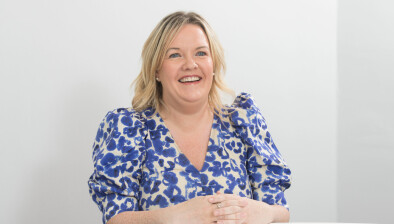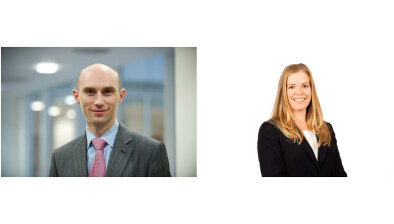Simon Capaldi: The office as we knew it may be dead; long live the office of the future

Simon Capaldi
Simon Capaldi, office agency partner at Knight Frank Edinburgh, gives his thoughts on what businesses may want from their offices post-lockdown.
At the beginning of lockdown, the successful transition of most people and businesses to working remotely brought some serious debate over the future of the office. Would organisations need such large workplaces in this new way of working? What is the purpose of the office if people can be just as productive from their kitchen tables? Would they be necessary at all?
The so-called ‘death of the office’ has been touted in business circles at significant junctures in work culture before. Yet, office spaces in cities and towns across the globe have adapted to their new circumstances, whether by design changes, different layouts, or new use of technology. As we go through one of the biggest workplace changes of modern history, offices will continue to adapt, and the evidence of how that will happen is already beginning to emerge.
Although the situation is still evolving, it is clear that for the majority of people working life will not return to the way it was before. It seems unlikely that many people will now spend most of their working week in an office; instead, it is likely that there will be a more blended approach with working from home and other places.
The expectation might be that this will translate into less space; but, according to our research of hundreds of global businesses, just 8% of occupiers anticipate needing less space per employee on the back of COVID-19. In fact, 23% believe they will need more and 69% expect to require the same – perhaps partly explained by more than half (54%) thinking they will need to reduce international travel.
Indeed, the indications are that, notwithstanding those who would prefer to continue spending more time at home for personal circumstances, most people want to return to some kind of structure that the office provides. It creates the delineation between work and home time that many have lost during lockdown, with recent research from Atlas Cloud suggesting people working from home will do an extra month’s work each year if they continue on their current patterns.
The discussion, therefore, has become more about what form offices will take, rather than whether they will exist at all. Some property analysts have pointed towards a hub and spoke model becoming more popular, where occupiers have a large office in the city centre with a series of satellite operations in surrounding locations. This may be the case in large cities such as London, but it is unlikely to work in Edinburgh and Scotland more generally where conurbations tend to be smaller and commuting to central offices is less time-consuming.
Nevertheless, with a similar property footprint, the more important change may well be how city centre offices will be used. We expect to see more organisations move towards what has become known as a ‘café-style’ layout for offices – a set-up characterised by communal and break-out areas, with more room for collaboration and fewer banks of desks at which people sit during the working day.
Instead, using the space in this way, people will likely move in and out of the office throughout the day, between meetings elsewhere and working from home – with more people spending a day or two working from their homes. Nearly all (92%) of respondents to our survey indicated they will need the same amount or more collaborative space, while nearly half (46%) plan to have fewer people per square foot in their workplaces.
All of this suggests that we are moving towards a point where the driving factor behind offices is not necessarily the physical office itself, but more about how people experience it. And, in that respect, the pandemic has turbo-charged the wellness trend, which was already gaining momentum prior to the outbreak of COVID-19. While there are few properties in Scotland that have the official certificate, many are working towards that standard by including amenities in line with its objectives.
Of course, every occupier is different – there will not be a one-size-fits-all approach to a post-lockdown office set-up that works for every organisation and its people. Nevertheless, what we are beginning to see emerge is a new kind of office that promotes socialisation, collaboration, and education between colleagues and clients through a changing use of space. As a concept, the office we knew may well be dead; but long live the office of the future.







